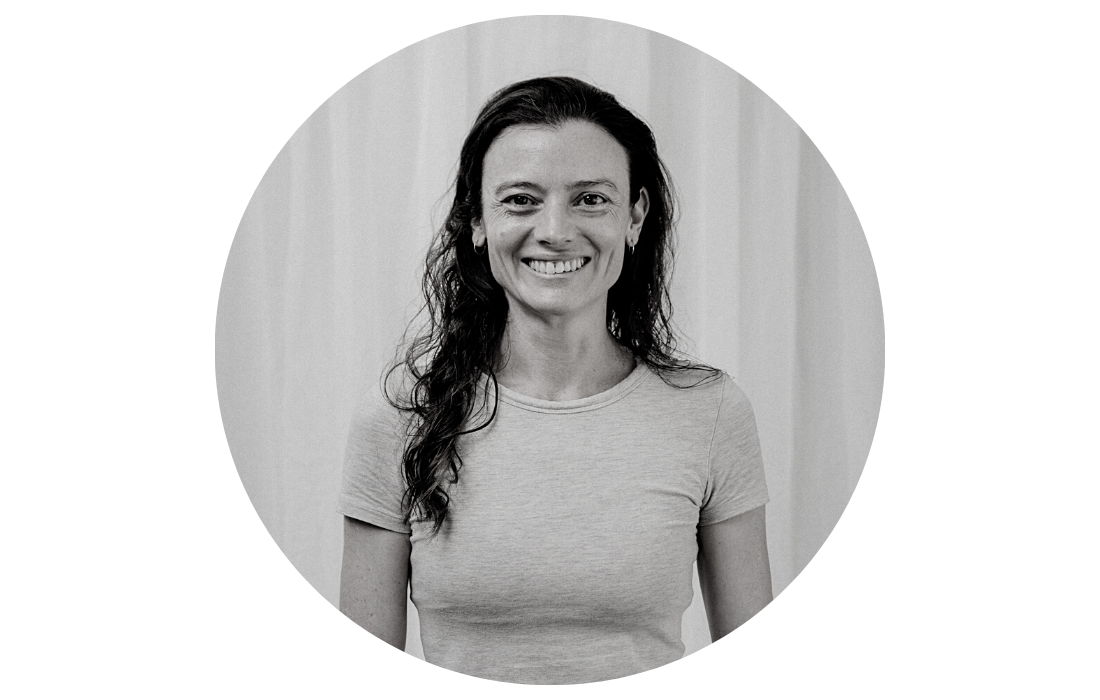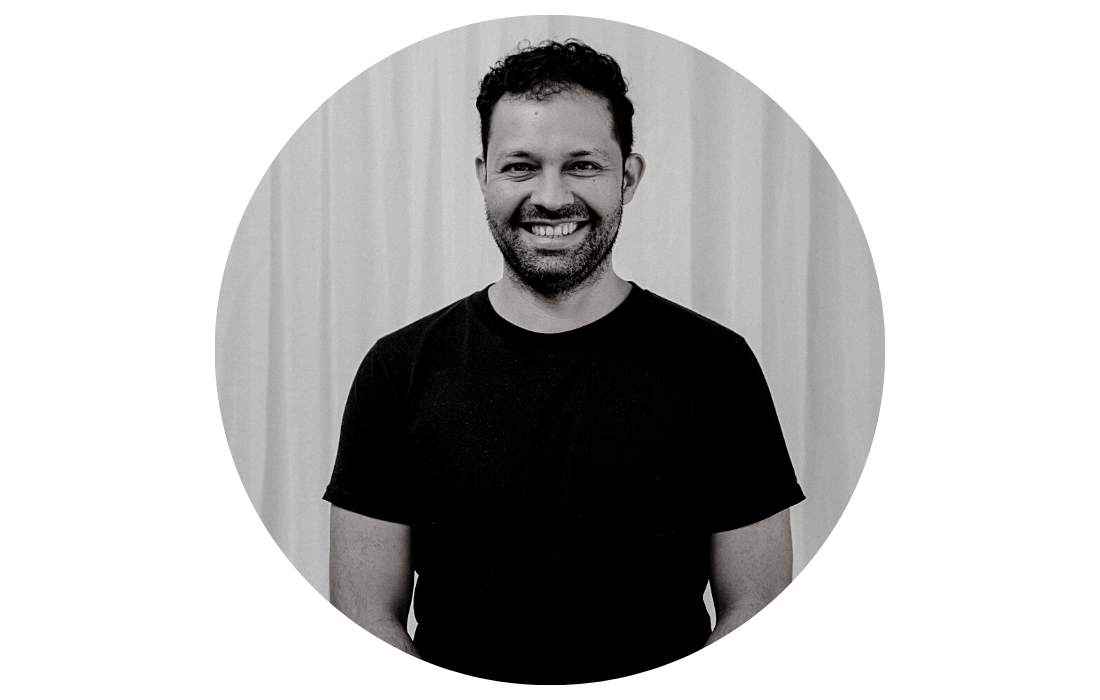Physiotherapy for Abdominal Separation Brisbane Southside.
RECTUS DIASTASIS OR DRAM PHYSIOTHERAPY
What is rectus diastasis? | What is DRAM?
DRAM (Diastasis Rectus Abdominis Muscle)(more simply known as Rectus Diastasis or Abdominal Separation) is a condition where the rectus abdominis muscles, also known as the "six-pack" muscles, separate along the midline of the abdomen. This separation is often caused by a combination of factors including genetics, pregnancy, weight gain, and age.
Pre-pregnancy, rectus diastasis is relatively uncommon, occurring in less than 10% of the population. However, after pregnancy, abdominal separation is more common, affecting up to 60% of women post-partum, especially within the initial postpartum period (2-7 days).
How is rectus diastasis diagnosed?
Rectus diastasis is typically diagnosed through a physical examination by a Physiotherapist or Doctor. During the examination, the healthcare professional will assess the gap between the rectus abdominis muscles and check for any bulging or herniation. A trained Women's Health Physiotherapist, Doctor, or Sonographer, can perform a quick ultrasound to take a better look at a rectus diastasis, check for herniation or coning, and measure the distance with more accuracy.
What are the symptoms of rectus diastasis?
The symptoms of rectus diastasis can vary, but may include:
It is important to note that not all individuals with rectus diastasis will experience symptoms. Some individuals may only become aware of the condition through routine examination or when seeking treatment for a related condition.
How can physiotherapy help with rectus diastasis?
Physiotherapy can be extremely helpful in managing rectus diastasis. Treatment will typically focus on strengthening the deep core muscles, including the transversus abdominis and the pelvic floor muscles. This can help to stabilise the abdominal wall and reduce the separation. Physiotherapists may also use bracing, taping or advocate for the use of compression tights.
In addition to physiotherapy, there are several other treatments that may be recommended for rectus diastasis, including:
How can clinical pilates help with rectus diastasis?
Clinical Pilates can be beneficial in the management and rehabilitation of rectus diastasis through:
If you're concerned about any of the symptoms above, or if you have been diagnosed with abdominal separation by your doctor or another health professional we would love to be able to help. Give our friendly Women's Health physiotherapy team at Tarragindi a call on 07 3706 3407 or email us at [email protected].
DRAM (Diastasis Rectus Abdominis Muscle)(more simply known as Rectus Diastasis or Abdominal Separation) is a condition where the rectus abdominis muscles, also known as the "six-pack" muscles, separate along the midline of the abdomen. This separation is often caused by a combination of factors including genetics, pregnancy, weight gain, and age.
Pre-pregnancy, rectus diastasis is relatively uncommon, occurring in less than 10% of the population. However, after pregnancy, abdominal separation is more common, affecting up to 60% of women post-partum, especially within the initial postpartum period (2-7 days).
How is rectus diastasis diagnosed?
Rectus diastasis is typically diagnosed through a physical examination by a Physiotherapist or Doctor. During the examination, the healthcare professional will assess the gap between the rectus abdominis muscles and check for any bulging or herniation. A trained Women's Health Physiotherapist, Doctor, or Sonographer, can perform a quick ultrasound to take a better look at a rectus diastasis, check for herniation or coning, and measure the distance with more accuracy.
What are the symptoms of rectus diastasis?
The symptoms of rectus diastasis can vary, but may include:
- A visible bulge in the midline of the abdomen: This may be noticeable when performing certain activities, such as coughing or sitting up out of bed.
- Abdominal weakness: This can result in difficulty with activities that require core stability, such as lifting, carrying or playing sports.
- Lower back or pelvic pain: The weakened abdominal muscles and altered biomechanics may cause contribute to increased stress on the lower back, leading to pain or discomfort.
- Incontinence: The weakened pelvic floor muscles associated with RD may result in urinary incontinence but is not the direct cause. The research has found a small link between conditions.
- Abdominal herniation: In severe cases and very rarely, patients may have an abdominal wall hernia, often resulting in a visible bulge. If this is the case, you should see a Physiotherapist or Doctor, as they will likely not resolve on their own.
It is important to note that not all individuals with rectus diastasis will experience symptoms. Some individuals may only become aware of the condition through routine examination or when seeking treatment for a related condition.
How can physiotherapy help with rectus diastasis?
Physiotherapy can be extremely helpful in managing rectus diastasis. Treatment will typically focus on strengthening the deep core muscles, including the transversus abdominis and the pelvic floor muscles. This can help to stabilise the abdominal wall and reduce the separation. Physiotherapists may also use bracing, taping or advocate for the use of compression tights.
In addition to physiotherapy, there are several other treatments that may be recommended for rectus diastasis, including:
- Exercise: A physiotherapist can recommend specific exercises to target the affected muscles and help improve overall abdominal strength.
- Surgery: In very rare cases, surgery may be necessary to repair the separated muscles and / or hernia. However, this is typically only recommended if conservative measures have failed.
- Lifestyle changes: Maintaining a healthy weight and avoiding activities that put undue stress on the abdominal muscles can help to manage symptoms and prevent the condition from worsening.
How can clinical pilates help with rectus diastasis?
Clinical Pilates can be beneficial in the management and rehabilitation of rectus diastasis through:
- Core Strengthening: Clinical Pilates focuses on deep core activation and strengthening, particularly the transversus abdominis muscle, which plays a crucial role in supporting the abdominal wall. Strengthening the core muscles can help improve the stability and function of the abdominal muscles, potentially reducing the separation between the rectus abdominis muscles.
- Alignment and Posture: Clinical Pilates emphasises proper alignment and posture during exercises. By promoting good posture and alignment, it can help reduce excessive intra-abdominal pressure that may contribute to rectus diastasis. Maintaining proper alignment and body mechanics during daily activities can also aid in preventing further strain on the abdominal muscles.
- Controlled Abdominal Exercises: Clinical Pilates offers a wide range of exercises that specifically target the abdominal muscles while minimising strain on the linea alba (the connective tissue between the rectus abdominis muscles). These exercises focus on activating the deep core muscles without exacerbating the separation.
- Breathing Techniques: Proper breathing techniques are incorporated into Clinical Pilates exercises. Learning diaphragmatic breathing and coordinating it with core activation can help improve the overall support and stability of the abdominal muscles.
If you're concerned about any of the symptoms above, or if you have been diagnosed with abdominal separation by your doctor or another health professional we would love to be able to help. Give our friendly Women's Health physiotherapy team at Tarragindi a call on 07 3706 3407 or email us at [email protected].
Who to book in with:
Melissa Harris
|
Emma Cameron
|
Mauricio Bara
|
If you are unsure about which appointment type is right for you, please don't hesitate to get in touch with our friendly reception staff by calling 07 3706 3407 or emailing [email protected].



